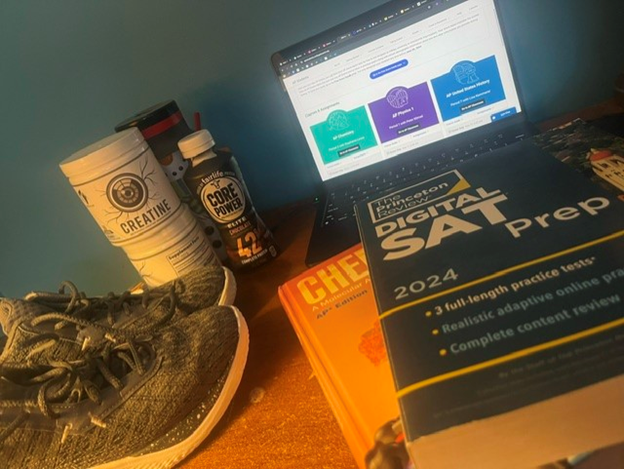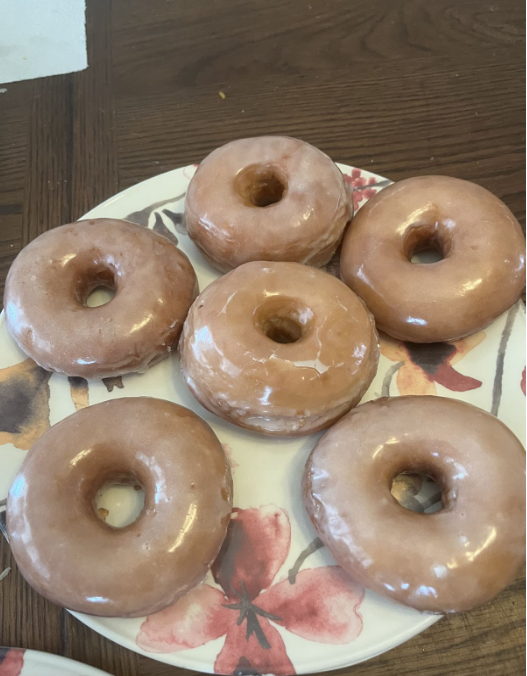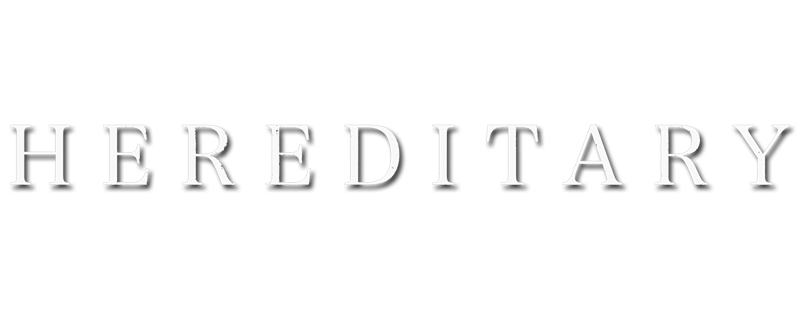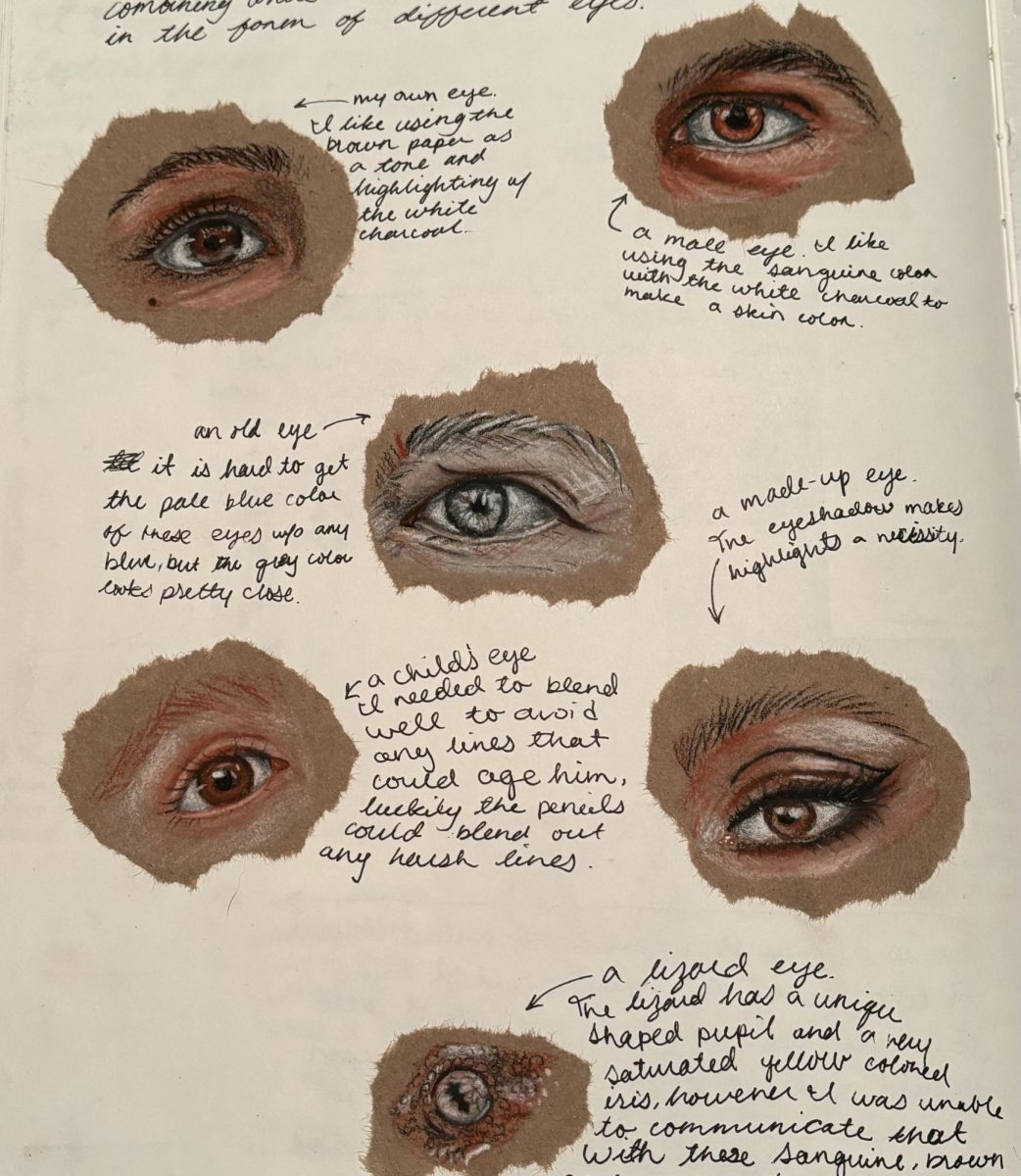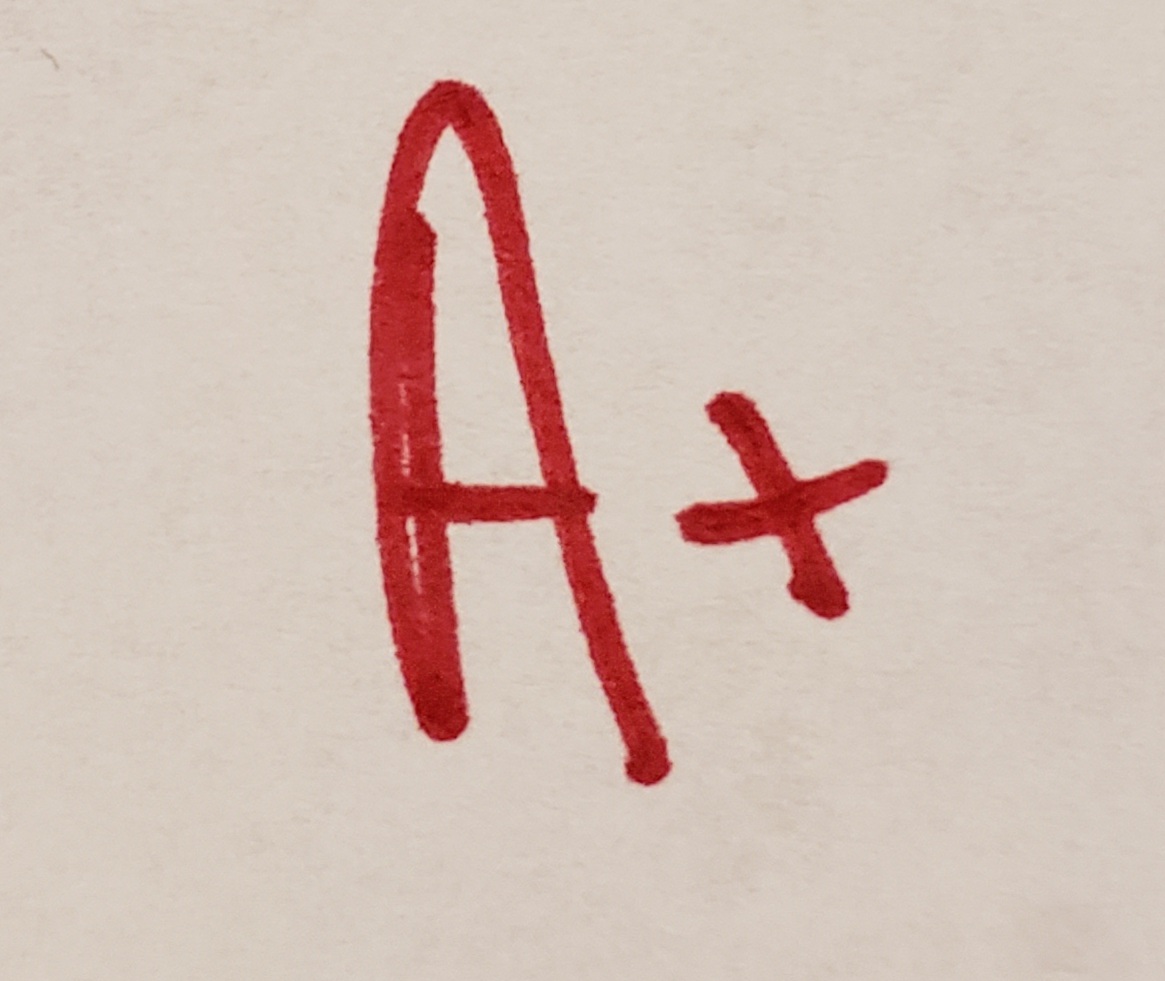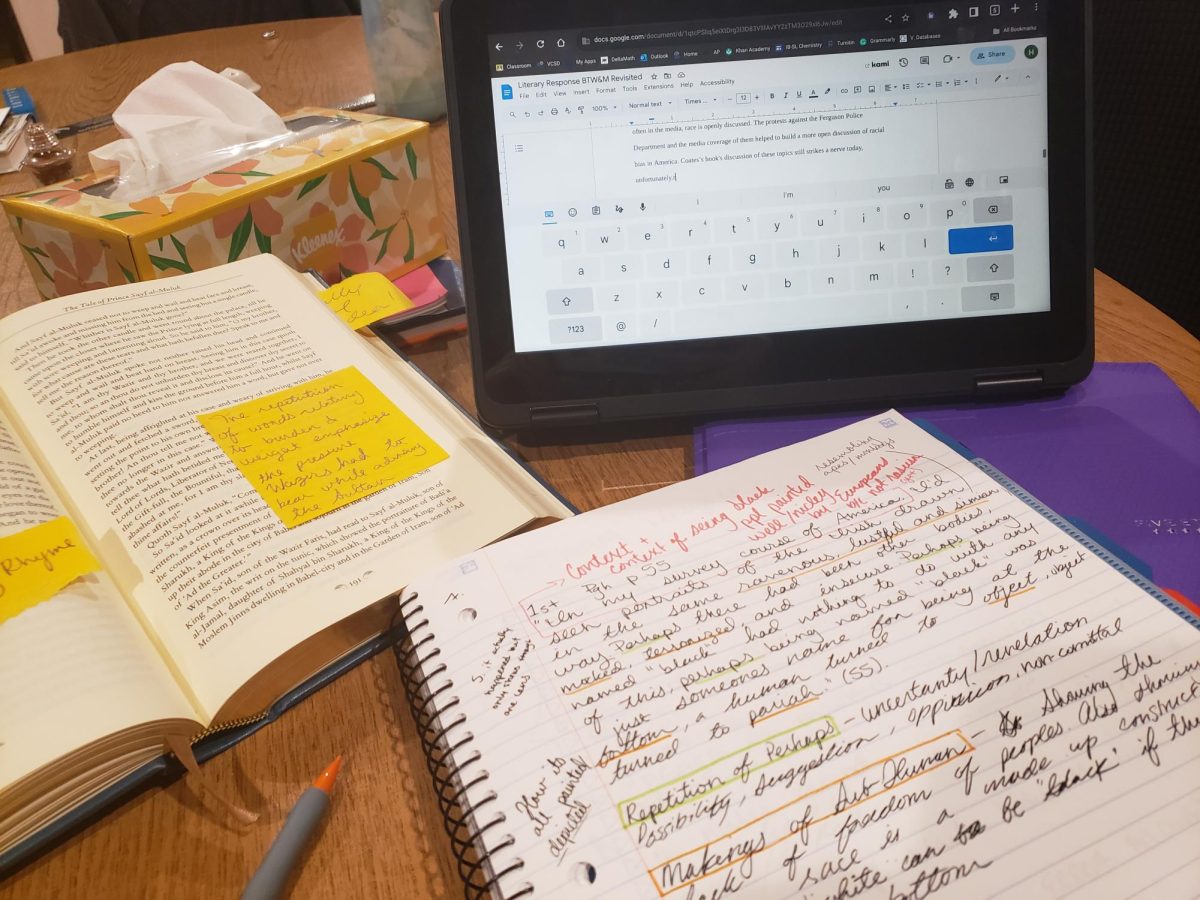HOW TO TAKE A TEST
Sometimes understanding a course’s content is not enough to ace the class. This advice is only for taking tests, not preparing for them (but the best way to prepare is to do practice/homework questions, not rereading content/cramming). This is a general guide to more common test and question types one will encounter in their high school career:
General
- Underline information relevant to the question
- Quantities
- Conditions
- Dates
- Speaker(s)
- Make sure you know what the question is asking for, sometimes if you read the question wrong, you could write more than necessary.
- Some tests are too long for the time allotted, or at least feel that way. If you’re pressed for time, skip questions that you know you need lots of time to do. However, it is best to have something written down for each question.
- Pay attention to the clock, make sure you answer the questions in a timely manner or move on quickly
Multiple choice
- Think about the question as if it were short answer, and come to your own conclusions before being influenced by other answers
- Read all answers carefully (even if you think you found a good answer, there might be a better one below it)
- Use process of elimination
- Don’t worry about patterns (it’s okay to have 5 Cs in a row if you feel confident in your answers)
- If using a scantron, double-check to make sure your answers line up
- Some recommend copying all answers onto the scantron in the last few minutes of the test to save time, but I’ve seen too many people either misjudge the time and leave parts of the test blank, begging for extra time or hastily mess up filling in the answers. Because of this, I suggest filling out the scantron as you fill out the test booklet.
Quantitative Free Response (Math, Sciences)
- Pay attention to units and signs
- In physics, it may be beneficial to indicate that a positive value means upward or right depending on the context of the problem (oftentimes teachers will define these signs so make sure to ask your teacher before the test if you are unsure)
- You can check your algebra using dimensional analysis (substituting units into equations and canceling/combining them to make the units in the answer)
- Think about relevant equations/proofs that you learned in class
- In many science classes, there are reference tables; it can be beneficial to write down any equation that has to do with the answers or given information, even if you can’t see an immediate connection.
Qualitative Free response (Math, Sciences, Languages, Social Studies)
- Know when to stop writing. You may be excited to know the answer to the question, but sometimes writing too much leads to writing inaccurate information and losing points.
- Break down the question to ensure you answer all parts of it
Passage tests (Languages, Social Studies)
- English tests: read my article on Literary/Readers Responses
- Social Studies:
- Make a thesis statement that accurately answers the prompt and provides obvious lines of reasoning (oftentimes AP courses want specific examples to be elaborated upon later)
- Think about organization early on
- Identify speaker, opportunity, audience, and purpose (SOAP) of the excerpt
- Conclude by restating the thesis statement, you may have created more complex ideas after writing the essay





